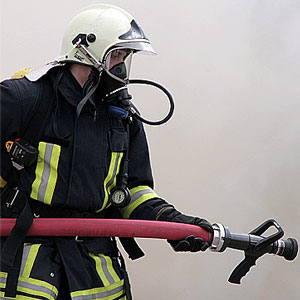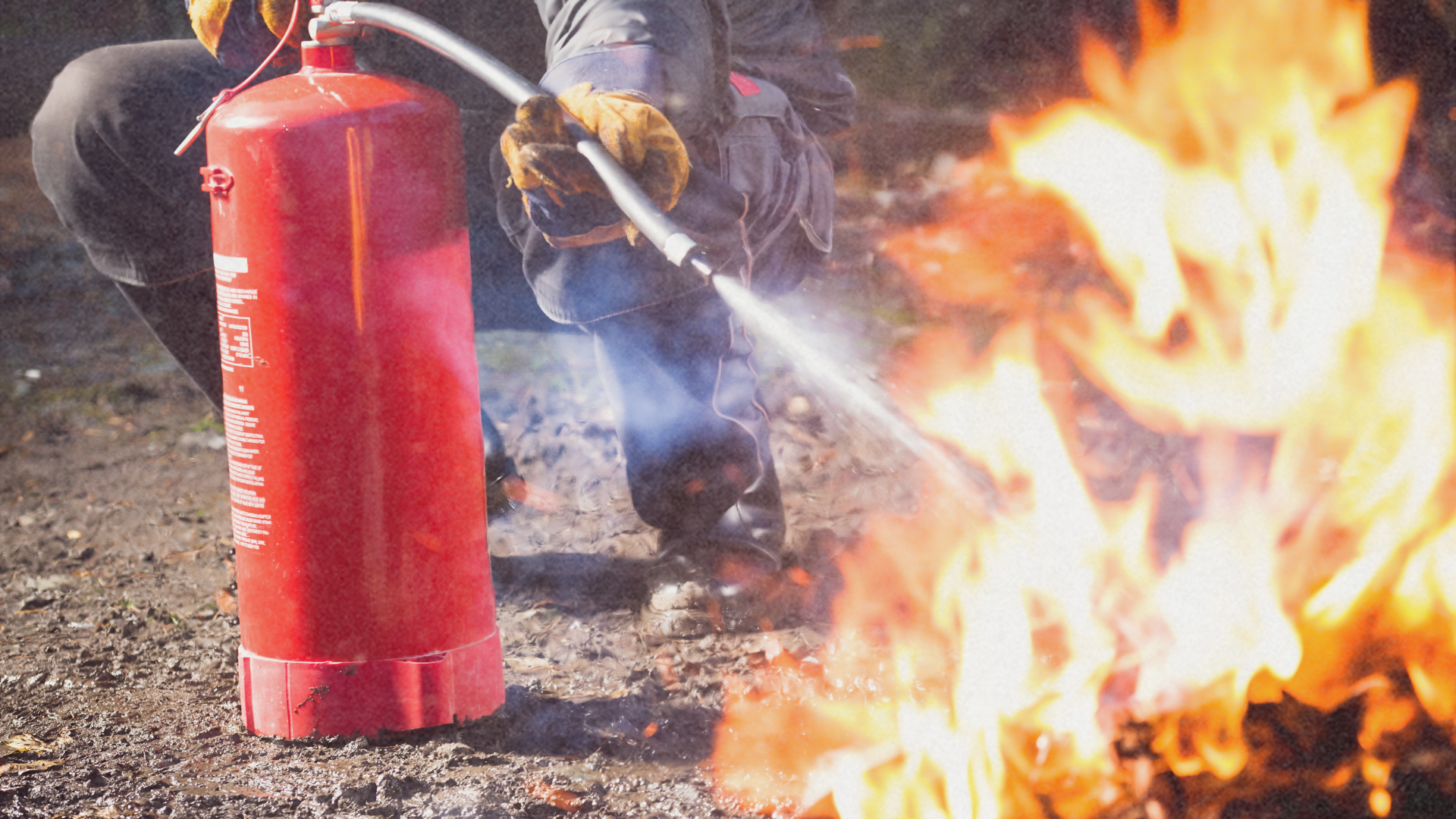Members of rescue personnel are a breed apart. They are among the first to go into dangerous situations to rescue people during times of accidents and disasters. And they do this without intention of a reward—or even pay, in the case of volunteers.
There is no doubt that rescue personnel are heroes in our minds. But would it be strange to consider that—like an acrobat who swings through the air without a safety net below him—rescue personnel in our country also run the risk of being a victim of their own rescue efforts?
Rescue Pilipinas
Presently, there is a plethora of rescue organizations in the Philippines. According to Robert Santiago of Regional Emergency Assistance Communications Team (REACT) Philippines, the National Disaster Coordinating Council (NDCC) has tie-ups with most of these groups. “The NDCC has a memorandum of agreement with a few big organizations like Corporate Network for Disaster Response with 40 multinational corporations, the Civil Defense Action Group (CDAG) of Johnny Yu with 40 civic groups, and REACT Philippines, Inc. with 60 chapters,” Santiago says.
He likewise says that there are hundreds of NGOs nationwide independently serving without any affiliations due to their location or political or cultural differences.
In addition to this, Yu of the CDAG states that the Philippines has enough personnel to respond to emergencies. “The National Capital Region alone has more than 5,000 response organizations both local and international, including government, NGOs, humanitarian, sectarian/religious, quasi-government, tri-media, etc. that could cover the entire disaster management compendium—mitigation, preparedness, response, and rehabilitation,” says Yu.
Santiago notes that all of them can respond to an emergency without having to rely on a government directive. However, he maintains that they still have to follow Standard Operating Procedures, the chain of command, and the Emergency Incident Command System in Disasters.
Rescuers in Danger
Being a rescuer is an inherently risky business. However, Yu says there is a great possibility that rescuers may be endangered during operations, more so than usual. He notes that rescue personnel run the risk of danger during rescue operations especially with rescue volunteer groups who may sometimes have to act as back-up.
Yu relates his own experience when a squatters’ area in Manila of about 200-300 houses burned down, “I was already inside a burning house when suddenly my water supply ran out. I asked my second-man to check our water line when suddenly the wind started to change direction. It was like a whirlwind of fire or a fire dragon that wanted to swallow me up in that instance. I was trapped inside the house and needed immediate assistance.” Using gut instinct and prayer, he dropped to the ground to try and get wet. Within 20 minutes of his ordeal, his supply line was back on and he started to drench himself with water. He then found an opening in the area to withdraw from the danger zone.
Fortunately, Yu managed to save himself because he knew what to do. However, most of the rescue personnel on the volunteer side do not understand safety procedures. He notes a risk factor of 70-30 that the volunteers will become a victim of such a disaster. This is why there is strict acceptance procedure for when volunteers join the CDAG. Volunteers and walk-ins have to take a preliminary examination before undergoing a 6-month probationary status. Personnel also have to undergo a number of procedures before and after the operation. Prior to the operation, personnel should be informed about the risks in the affected area, as well as safety procedures and communications protocols. After a rescue operation, personnel should undergo a medical check-up or a Critical Incident Stress Debriefing. They should also report immediately to their supervising leader.
To discount the possibility that their rescuers would be placed in jeopardy, the CDAG also has a contingent standing-by to rescue their own. Called the Rapid Intervention Team (RIT), this is a 7-man team composed of a search-and-rescue (SAR) specialist, emergency medical technicians (EMTs), and communicator. Yu says the RIT’s job is to look after the safety and welfare of their members inside the “hot zone” or the area where the disaster has occurred plus a 500 meter radius. At the time of his own near-accident, Yu says neither the CDAG nor the RIT had yet been created. “It was only after my training experience in Singapore and San Francisco (in 2001 & 2003) when I established the Rapid Intervention Team (upon) seeing the needs of our fire fighters.”
Unfortunately, Yu admits that there have been times when the rescuers needed help but the RIT was not available. Some of these rescuers have ended up in hospitals.
On Their Own
Aside from the importance of safety procedures and backup rescue units, Yu warns that 70 percent of volunteer groups have no fail-safe systems to take care of the rescuers in case of emergencies. “The government and some institutions will talk about the dangers of the environment, hazards, disaster plans and programs but they never tackle the safety procedures of rescuers.” The rescue veteran adds that the government’s implementing rules and regulations don’t incorporate the volunteer’s safety: “Try to find any laws that assure volunteer safety…none. You can’t even find insurance coverage of every affiliated volunteer organization with any government agencies.”
What’s also alarming is the lack of central authority over the rescue groups. Evidently, there is no one governing voice and no coordination between the groups.
Amiel R’Jose is a seven-year veteran rescue volunteer who has had a lot of experience with fire rescue. In an interview with R’Jose, he laments the lack of coordination between the groups during emergencies that could lead to injuries among rescue personnel. Among the near-disasters he’s experienced is an incident wherein a rescue group managed to douse a fire in one building and proceeded to enter the premises. Unfortunately, another group then started hosing the building with the rescuers inside because the latter didn’t know there was anyone there. R’Jose notes that because of his group’s link with the Bureau of Fire Prevention and their own in-group procedures, they are able to coordinate their movements and skills properly during an emergency. However, he says, not all rescue groups are inter-linked.
As rescuers take care of us in the worst possible moments of our lives, who is taking care of the rescuers? The lack of government standards in rescuer protection could mean life-and-death for the large number of rescue personnel in the country. The lack of authority and coordination among the groups themselves could possibly lead to injuries and death among its personnel. Though mostly volunteers without expecting anything in return, it is appalling to consider how rescue workers virtually are on their own when they run into a burning building, a collapsed and unstable structure, or unpredictable rising flood waters. Fail-safe system for our rescuers? It appears that the system may be failing them.






